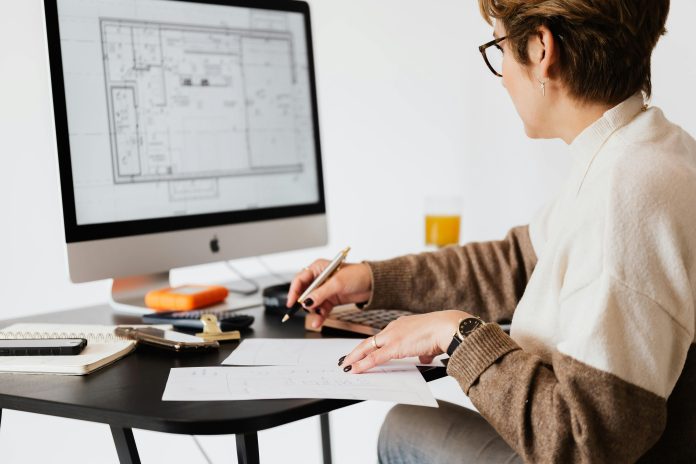In the United Kingdom, an estimated 5% of the population lives with a disability that affects their ability to access and utilise buildings and similar facilities. Historically, urban environments were not designed to accommodate the needs of people with disabilities. This oversight has necessitated creative solutions to enhance building accessibility for all individuals.
Accessibility in Public Spaces
One of the primary methods of making multi-story buildings accessible is the installation of passenger lifts. The Disability Discrimination Act of 1995 mandates that public buildings must make reasonable adjustments, including the removal of physical barriers that impede the mobility of individuals with disabilities. Furthermore, national building regulations specify the essential facilities required to ensure accessibility in non-residential buildings.
Essential Considerations for Installing Disabled Platform Lifts
Before integrating a disabled platform lift, several factors need to be assessed:
Cost-Effective Solutions for Disabled Platform Lifts
Disabled platform lifts, tailored to specific needs, do not have to be prohibitively expensive. However, designing these lifts requires a different approach than standard passenger lifts, especially in calculating capacity for buildings frequented by large numbers of disabled individuals. Factors such as lift capacity, vertical travel distance, and finishings significantly influence the overall cost.
Incline Platform Stairlifts
Incline platform stairlifts are typically custom-made and retrofitted to existing staircases to ensure compliance with accessibility laws. The cost of these stairlifts varies based on the length of the guide rails, the complexity of the rail bends, and the anchoring system’s intricacy. These lifts can be installed indoors or in weather-resistant outdoor designs, with options to mount on either side of the staircase. Prices for fully installed incline platform stairlifts range from £9,000 to £25,000.
Platform Step Lifts
Platform step lifts provide a practical solution for bypassing short flights of stairs. These compact vertical lifts are ideal for both people and light goods, making them perfect for wheelchair users or individuals with limited mobility. Available in various colours and finishes, including options like glass, these lifts incorporate numerous safety features and enhancements to improve functionality. The cost depends on the travel distance, drive system, and chosen finishes, ranging from £9,000 to £15,000.
Enclosed Platform Lifts
Enclosed platform lifts are suitable for longer vertical travels in multi-floor buildings. These lifts come in several types, including cabin and wheelchair lifts, designed to merge seamlessly with the building aesthetics without compromising functionality. Customisable options allow for a variety of colours, finishes, and fittings, fitting the specific needs of the building and its users. Prices vary between £11,000 and £25,000, depending on the specifications.
Home Lifts
Specifically designed for residential use where space might be limited, home lifts are crucial for individuals needing vertical mobility assistance. These lifts accommodate essential mobility aids such as wheelchairs and scooters, necessitating careful consideration of size and capacity. Home lifts can be integrated into existing homes, possibly requiring some structural modifications. With options for customisation in colours, materials, and additional features like tinted glass, home lifts not only enhance functionality but also add aesthetic value. The price range for these lifts is approximately £14,000 to £26,000, influenced by travel distance and chosen extras.
Enhancing accessibility in both public and private buildings is not just a legal requirement but also a crucial aspect of inclusive design. By carefully selecting and installing appropriate lifting solutions, building owners and operators can significantly improve the quality of life for individuals with disabilities, ensuring that everyone has equal access to facilities and opportunities.

